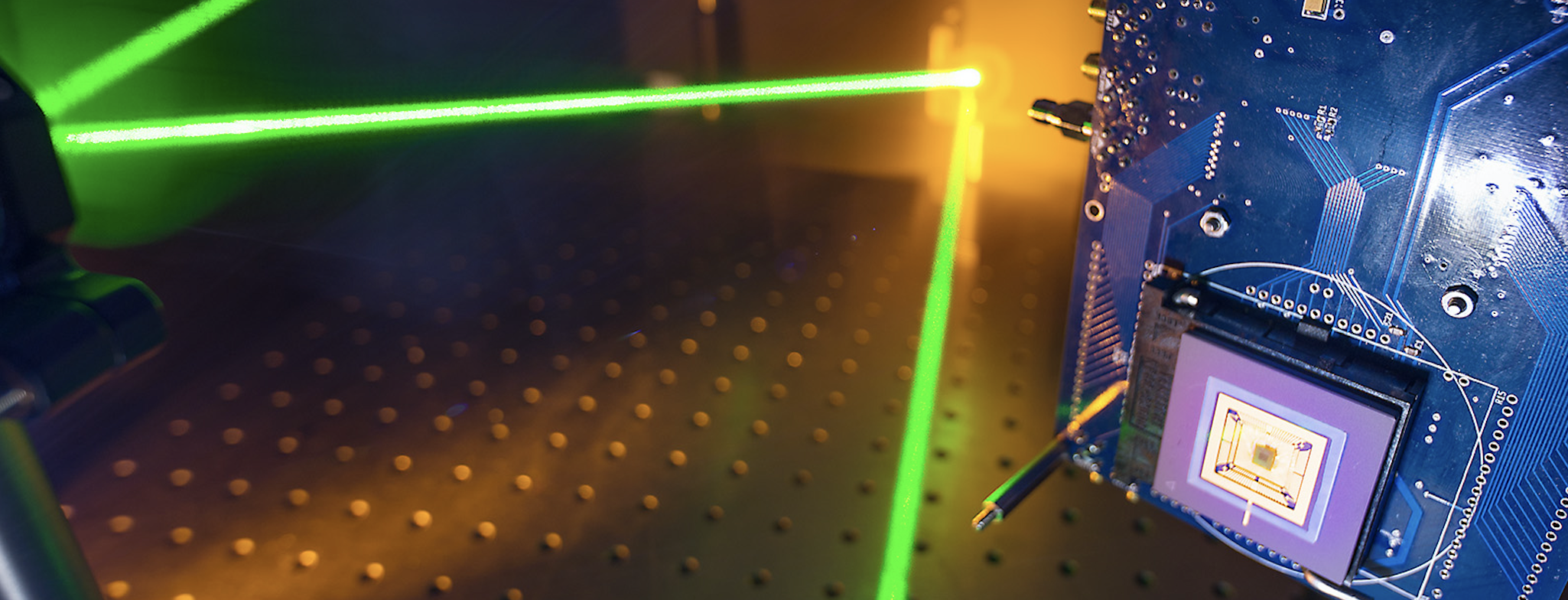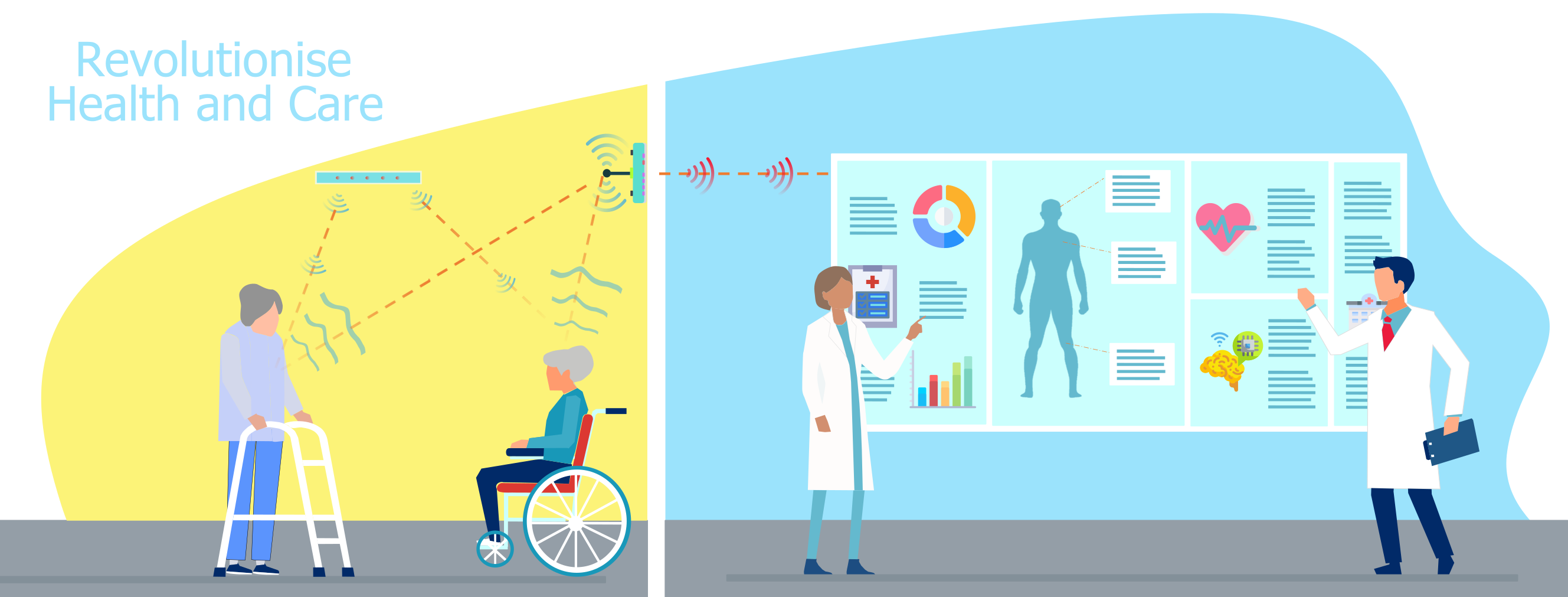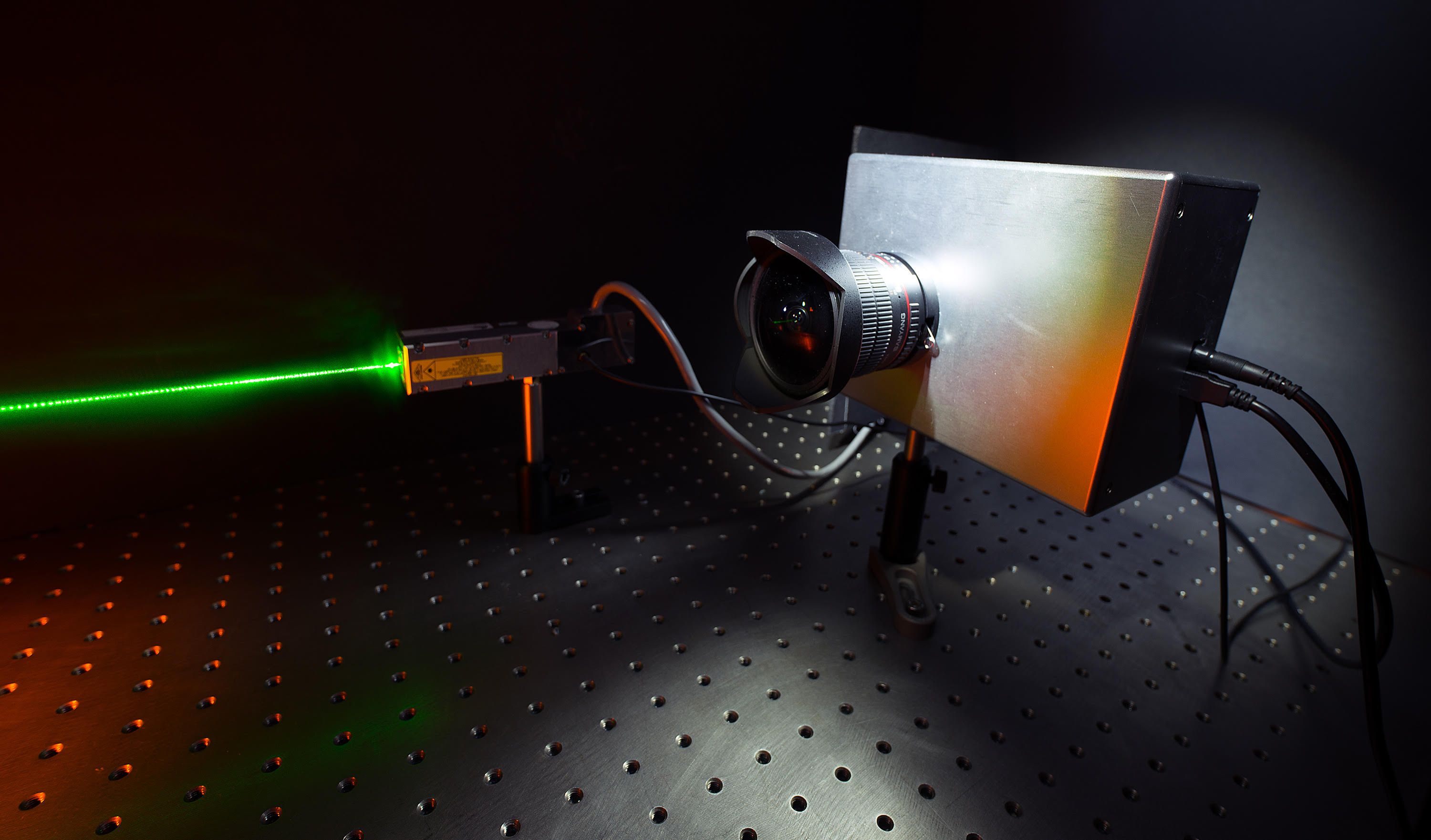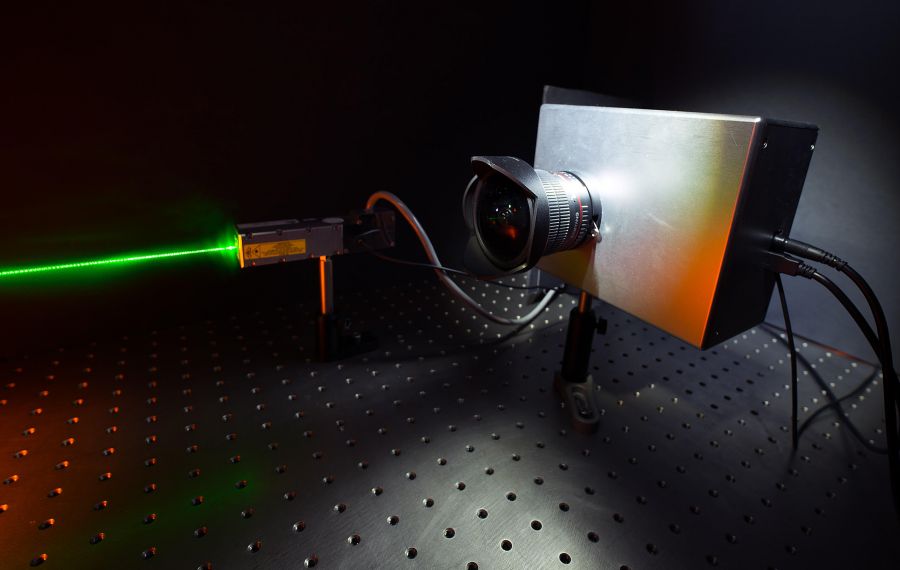Our Research
We have identified the home as the place where future transformational healthcare changes will occur with the greatest impact potential. Our vision is that the home of the future will be an environment that has the ability to follow our everyday movements, behaviour and wellness. In this sense, it will become an extension of our physical bodies, providing us with feedback, advice and alerts in the presence of anomalies in the data streams collected by new-generation sensors. The analysis of the data-streams from the sensors will be based on clinically approved models, thus effectively bringing highly trained expertise directly to the living environment.
Future of Smart HealthCare
The cameras can also detect the arrival time of light at the sensor with very high precision and at very high frame rates. The combination of these features enables the measurement of both macro-movement (in a similar fashion to more common cameras) and micro-movement (not currently possible with current, low-cost or low form-factor cameras). Micro-movement detection is sufficiently precise to capture nanometric variations in skin/body shape and thus directly detect blood flow, monitoring the precise shape and variations of heart beat. Future, very ambitious plans, include extending this capability to the brain. Our cameras can also be combined with RF technology to provide richer data, e.g. Doppler signals directly related to speed of movement.

All these indicators will be fed into machine learning models that monitor, learn and are updated over time and, most importantly, adapt to the individuals inhabiting the home environment. Thus, the systems will quickly adapt and evolve for bespoke individuals, providing precision healthcare monitoring and feedback.
Alongside the engineers and computer scientists working on the sensors and data analysis, our programme involves clinicians who will provide the interpretation models for our data and also partners who will give us access to new-generation intelligent homes inhabited by users who are already beta-testing sensors monitoring for example gross movement.

Our project vision will impact the future of the healthcare sector by creating frugal technologies that have the potential to improve the prevention, prediction, diagnosis and/or treatment of a range of noncommunicable diseases. The technology has the ability to assess the physical health of an individual and to measure proxies for mental and social health or happiness/wellness. It will transform rehabilitation strategies and fitness monitoring, either at home or in community settings. If fully realised, the technology may also have broad applicability within hospital environments. In all of these cases, this research program has the potential to inclusively mitigate the increasing health, social care and wellness costs of an aging population, as we approach 2050 and beyond.
Read more about
our team
Including the academic, research, and advisory teams, and our external partners.





